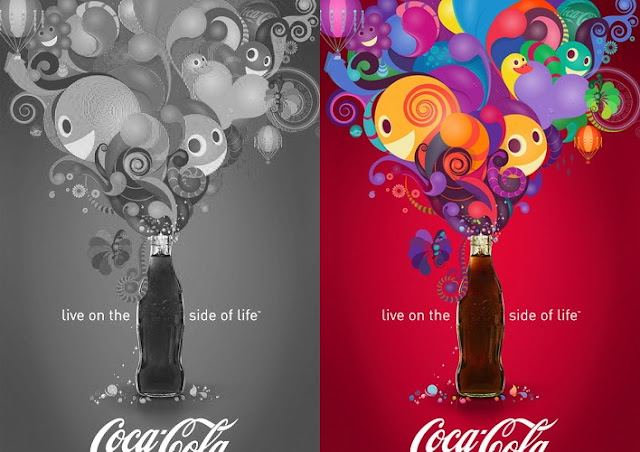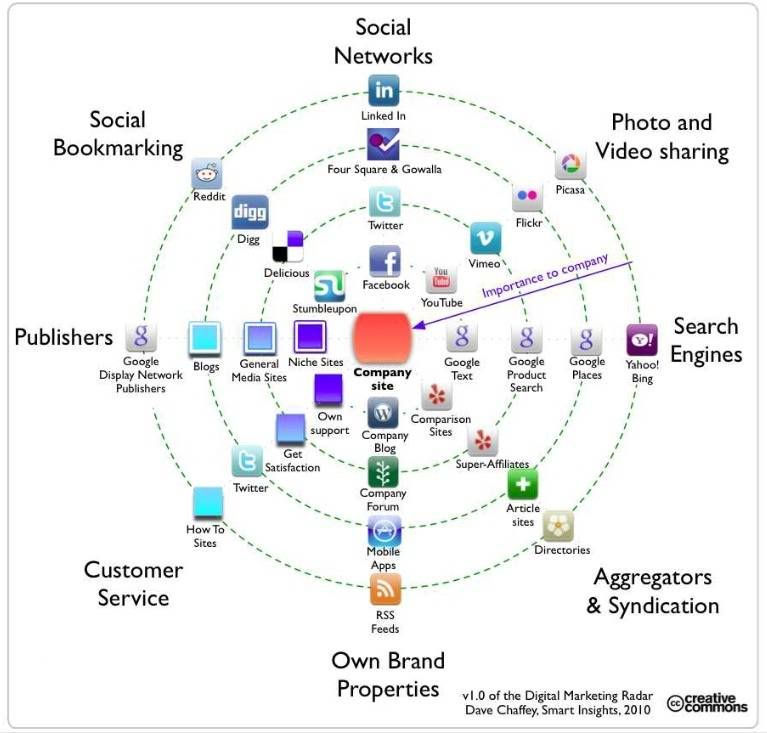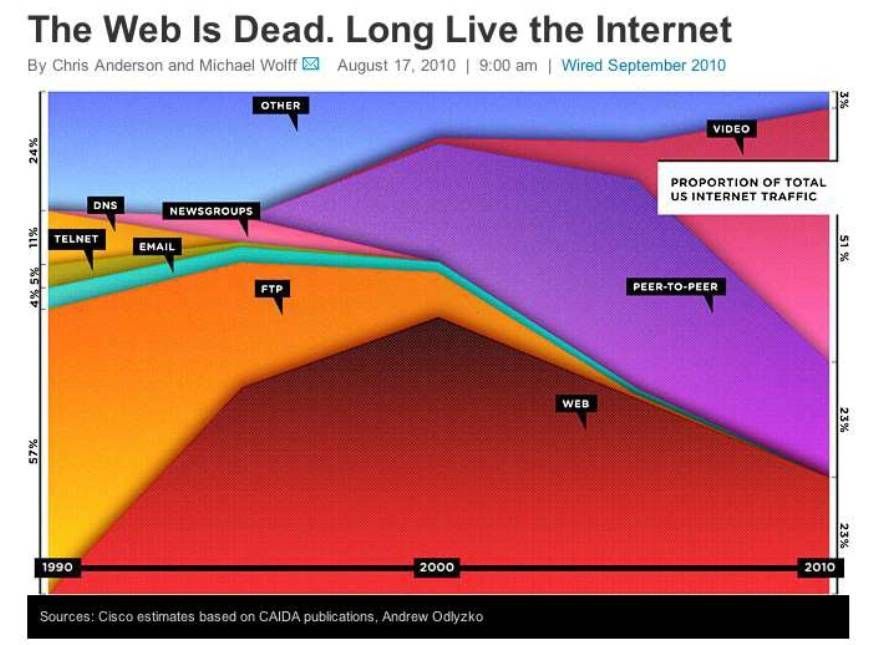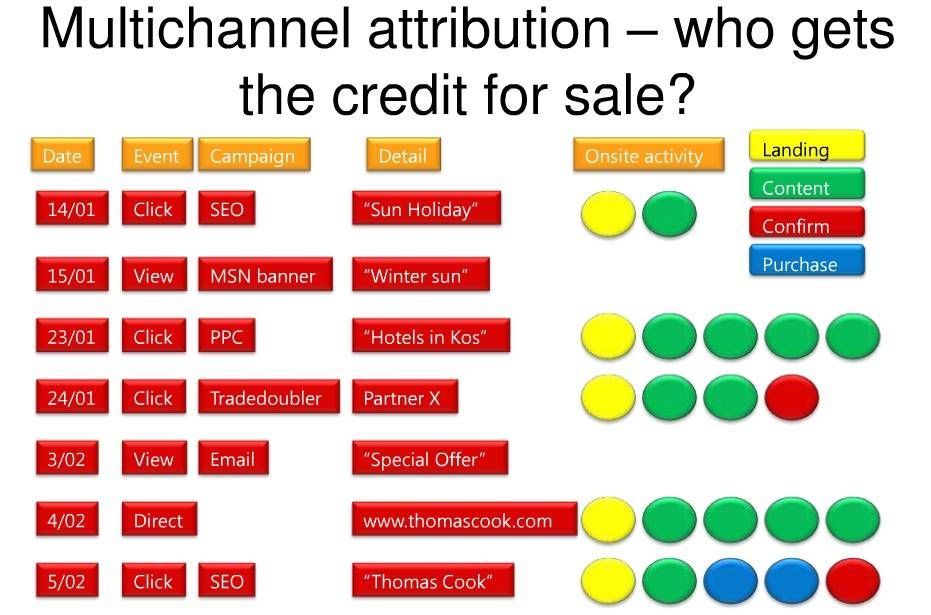
On June 28, 2011, One more Social website added in the list of Social Networking jungle by Google named Google+ (G+, Google+). With Facebook, Twitter, LinkedIn, and other social networking sites growing rapidly, it’s not too surprising that on the whole, the number of social networking users has doubled since 2007. While Google’s previous attempts, Buzz and Wave, failed miserably in a sea of overwhelming ‘meh,’ the atmosphere around Google+ so far is one of excitement and potential. By copying many of Facebook’s best features, and adding a few neat improvements of their own, Google+ looks like it may have the potential to go truly international in a way that Facebook hasn’t.
Google+ integrates social services such as Google Profiles and Google Buzz, and introduces new services Circles, Hangouts, Sparks, and Huddles. Sources such as The New York Times have declared it Google's biggest attempt to rival the social network Facebook, which had over 750 million users in 2011. On July 14, 2011, Google announced that Google+ had reached 10 million users just two weeks after it was launched in a "limited" trial phase. After 3 weeks in operation, it has already reached 20 million users.
For international search engine marketers, one key benefit to Google+ is the fact that it supports 42 different languages, from Arabic to Vietnamese. Admittedly, Facebook currently supports 72 languages (including such novelties as ‘English (Upside Down)’, ‘English (Pirate)’ and ‘Leet Speak’ (for the true geeks), but seeing as Google+ is still in beta testing, it’s safe to assume that once it launches fully, it will be localized for an unparalleled range of languages.
Will Google+ be popular enough to topple Orkut in Brazil and India, Mixi in Japan, or even Qzone and Ren Ren in China? Only time will tell, but in the meantime, it can’t hurt to take a look at the platform and work out the ways in which it might be useful.
Google+ Business Profiles
In early July, shortly after launching Google+, Google sent out a ‘woah, nelly’ to overzealous businesses, advising them not to jump in and start creating brand pages on Google+ just yet, as they’re working on a specialized Google+ experience for businesses.
Product Manager Christian Oestlien has said the Google+ team is working on “creating a unique experience for businesses that includes deep analytics and the ability to connect to products like AdWords,” which will be ready “later this year,” indicating that Google already has a firm plan in place to monetize the social network.
Social media savvy brands like Ford and Mashable created Google+ profiles before Google announced its specialized Google+ for business, and asked brands to hold off; so taking their lead, let's have a quick look at what it offers.
Circles – the Easy Way to Target Content?
 One of the major concerns for online marketers looking to make use of social media across the foreign language Internet has been managing multiple profiles. If you want to tweet in English, German, and French, that means setting up individual Twitter accounts for each language and promoting each one individually within its language market.
One of the major concerns for online marketers looking to make use of social media across the foreign language Internet has been managing multiple profiles. If you want to tweet in English, German, and French, that means setting up individual Twitter accounts for each language and promoting each one individually within its language market.Google+’s Circles functions may solve this. By dividing your friends and fans into separate Circles, you can easily target your content and promotions. This means you can create one Google+ profile page, and not only have separate Circles for employees, suppliers, and clients of all tiers with appropriate content going to each, but you can also create Circles for each group in each of your target languages – your French clients, German clients, Spanish clients and so forth.
Sparks – a New Playground for Search Marketers?
 With the demise of Google’s real-time search after the end of its deal with Twitter, many marketers have been wondering what will be the next search function on which to focus their efforts.
With the demise of Google’s real-time search after the end of its deal with Twitter, many marketers have been wondering what will be the next search function on which to focus their efforts.Sparks looks like it may be a contender – a search function within Google+ that suggests categories of interest to you, but also allows you to search for any key phrases you want. The Sparks algorithm seems to be different to both the Google SERP algorithm and the Google News algorithm – searching for key phrases such as ‘translation’, ‘localization’ and ‘foreign language Internet’ brings up slightly different results in Sparks, Google News, and Google.
At first glance, the Sparks algorithm seems to be angled towards news, feature articles, and videos from news websites, blogs, and even press release sites, with the highest ranked sites and the most recent posts coming out on top. The Sparks algorithm will be of particular interest, especially as it looks set to be a key place for Google+ users to find news, articles, and memes to +1.
+1’s – Like ‘Like’, but Better
 At which point, we round off this quick jaunt into Google+ territory with a look at +1, the Google+ version of Facebook’s ‘Like.’ If someone clicks the +1 button to affirm that they like your content, or found it useful, then their entire Google network will be able to see that recommendation, not only when they’re signed into Google+, but also whenever they’re searching for a related key phrase in Google.
At which point, we round off this quick jaunt into Google+ territory with a look at +1, the Google+ version of Facebook’s ‘Like.’ If someone clicks the +1 button to affirm that they like your content, or found it useful, then their entire Google network will be able to see that recommendation, not only when they’re signed into Google+, but also whenever they’re searching for a related key phrase in Google.So, if you’re selling designer jewelry, and you get your customers to +1 your website, then when other people in your customers’ Google networks search for a key phrase related to designer jewelry and get your site, they’ll also see exactly which of their friends or acquaintances personally recommend your company. Pretty neat.
























